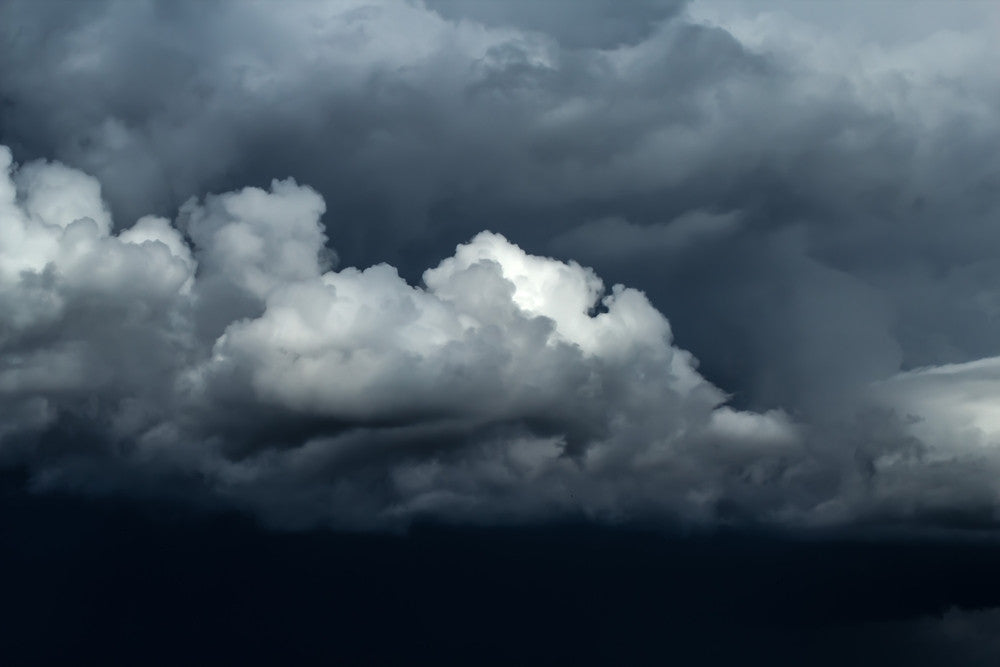
Checking the weather is one of the most important things a boatie should do before leaving the boat ramp. However, while weather forecasts are frequently updated, sudden squalls are not always easy to predict, so you need to keep a weather eye out while you're out on the water.
One way to do this is to watch the sky, as cloud movement can help you predict weather changes. For novice mariners and weather watchers, here is a guide to what cloud-gazing can tell you.
Cirrus
The most common high-level clouds, cirrus clouds are wispy in appearance and sit about 6,000 metres above the sea.
They most commonly predict fair conditions by signalling a warm weather system approaching. Cirrus clouds move with the direction of the wind, so observing their movement can let you know where weather is approaching from.
If you see these clouds it often means that weather will change in about 24 hours.
Cirrocumulus
These are the small, puffy clouds that often appear in rows or ripple formations. They are a fairly common sight at sea and are sometimes referred to as 'mackerel skies'. When seen in winter they can indicate cold but fine weather. However in a tropical climate, they could indicate an impending storm.
Altocumulus
Altocumulus are mid-level clouds sitting between 1,800 and 6,000 metres above sea level. These grey-coloured clouds cover most of the sky and are typically an indication of weather changes coming in the next 12-24 hours. If you see them in the morning, especially on humid days, they could signal thunderstorms later in the day.
Cumulus
Puffy, low-level cumulus clouds are usually associated with fair weather. They might bring a shower or two, but they are typically nothing to worry about.
Stratocumulus
These clouds are a denser version of cumulus clouds. Sitting low in the sky they have a lumpy appearance, are grey in colour and rarely lead to rain.
Cumulonimbus
Cumulonimbus are low-level clouds, meaning they form at less than 2,000 metres above the sea. These clouds are low-lying and appear to grow vertically, usually with a dark base. Cumulonimbus are an indication of thunderstorms, heavy rain and lightning, so if you see them on the horizon, act cautiously.
Remember that observing clouds is only a rough guide to changes in the weather and you should also use measures such as weather reports, barometric pressure and wind direction to gauge the safety of being out on the water.
For more boating information and advice, feel free to get in touch with the expert team at Hunts Marine.




